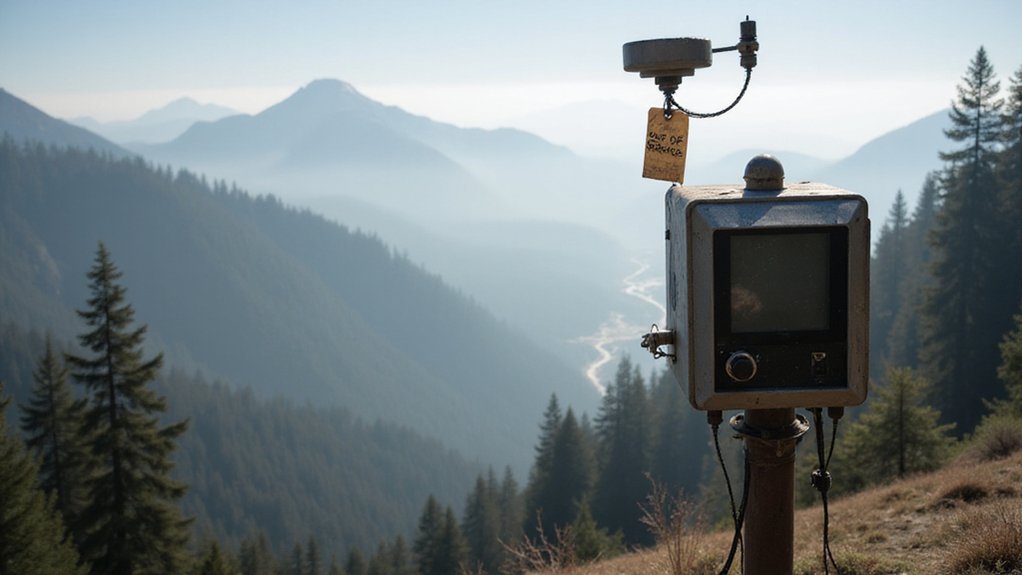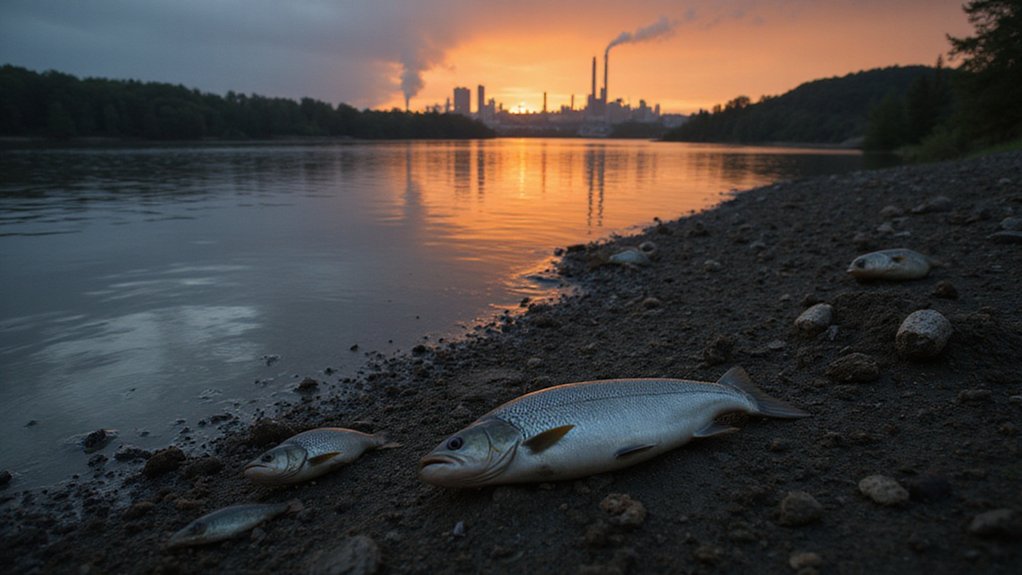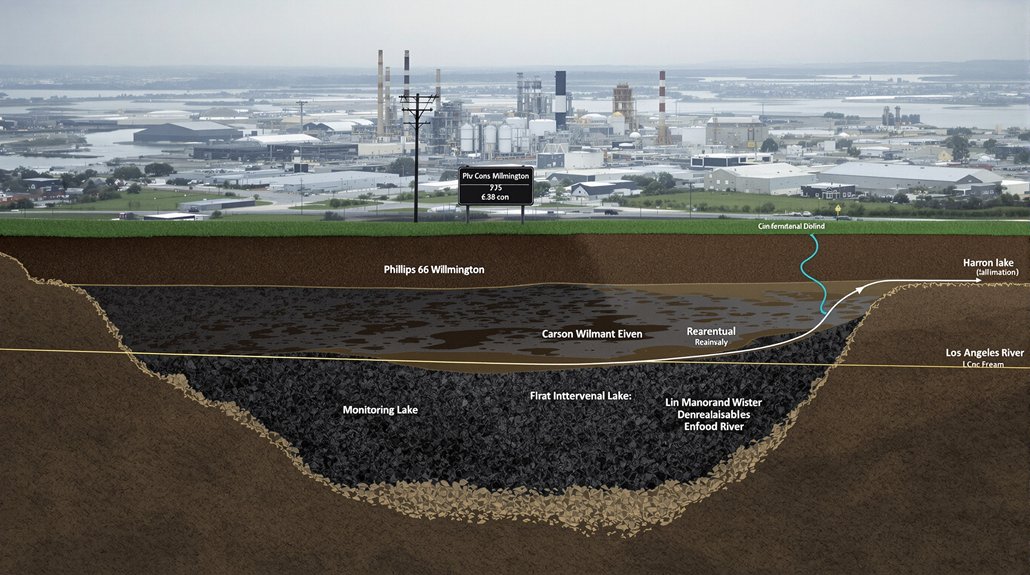America’s national parks face a severe air quality monitoring crisis. Nearly 500 parks struggle with monitoring challenges, with only 74 having equipment within their boundaries. Many existing monitors are broken or outdated, creating significant data gaps. The National Parks Conservation Association advocates for $3.3 million in emergency funding to restore critical equipment. Without reliable monitoring, parks can’t protect visitors, wildlife, or track pollution trends. Additional funding could help solve this urgent environmental dilemma.
Nearly 500 national parks across America face a critical challenge in tracking the air quality that affects both visitors and delicate ecosystems. A recent assessment reveals that only 74 parks have monitoring equipment within their boundaries. Another 230 parks rely on nearby monitors that scientists believe represent park conditions. This leaves many parks without reliable data on their air quality.
The situation is worse than it appears. About 69 parks depend on monitors that sit outside their borders, while 124 parks have no air quality monitors at all. Many existing monitors are broken or outdated, creating gaps in critical information. These gaps mean park officials can’t track harmful pollutants that impact both human health and nature.
Parks track several types of air pollution. These include ozone, which harms lungs and plants, and particulate matter that affects breathing and creates haze. They also monitor deposits of nitrogen, sulfur, and mercury that can damage water sources and soil over time. This data helps scientists understand pollution trends across the country.
“Without working monitors, we’re flying blind,” said one park scientist. “We can’t protect what we don’t measure.” The data from these monitors helps officials make decisions about how to protect visitors and wildlife. It also supports research and informs air quality standards nationwide.
Fixing the problem requires money. The current lack of funding has left monitoring systems in disrepair. NPCA advocates for a one-time investment of $3.3 million to restore essential monitoring equipment. New equipment and regular maintenance would not only improve data collection but could create local jobs. Congress needs to address these shortfalls soon.
The consequences of these monitoring gaps are serious. Parks without data can’t respond quickly to pollution events. They can’t warn visitors about unhealthy air days or track long-term threats to plants and animals. Policy makers also lose important evidence they need to create effective environmental protections.
As climate change brings new air quality challenges, this monitoring network becomes even more essential. NPCA recommends an additional $2.6 million in annual funding for ongoing maintenance to ensure these vital systems remain operational.
References
- https://www.nps.gov/subjects/air/air-monitoring.htm
- https://www.nps.gov/subjects/air/analysis-methods.htm
- https://www.epa.gov/outdoor-air-quality-data/interactive-map-air-quality-monitors
- https://www.npca.org/advocacy/110-parks-need-improved-air-monitoring-to-address-pollution
- https://www.npca.org/articles/3001-inadequate-air-quality-monitoring-in-national-parks-requires-urgent








